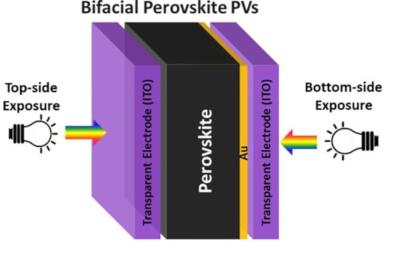LONGi announces 33.9% conversion efficiency record for its silicon-perovskite tandem solar cells
Reports suggest that LONGi Green Energy Technology managed to reach a conversion efficiency of 33.9% for its silicon-perovskite tandem solar cells.
The result, currently the highest efficiency record in the world for a perovskite/silicon tandem cell, has reportedly been confirmed by the US National Renewable Energy Laboratory (NREL).








